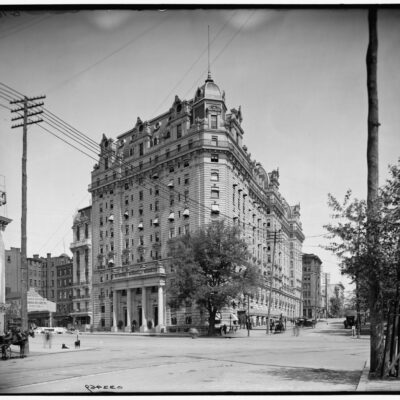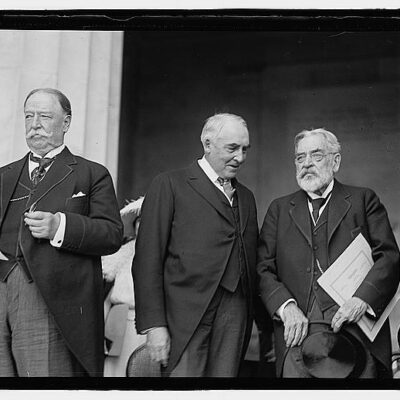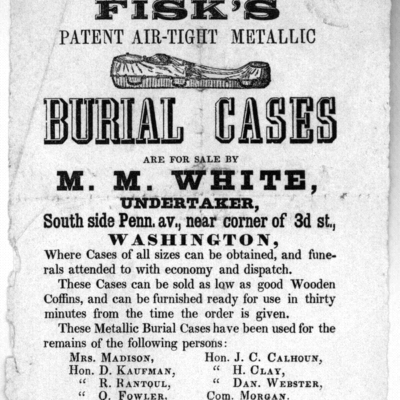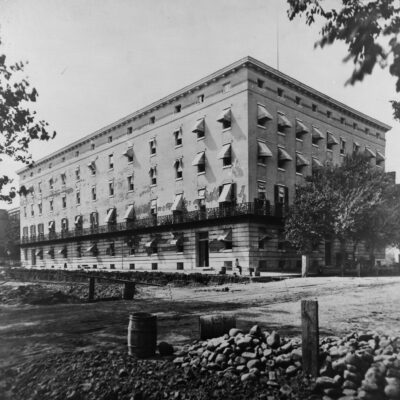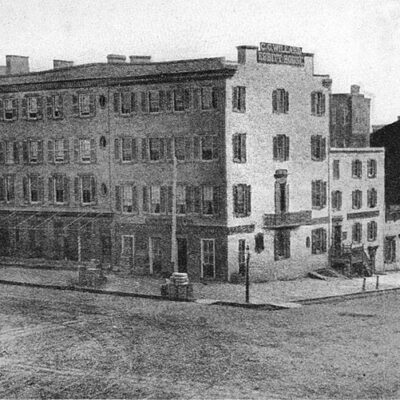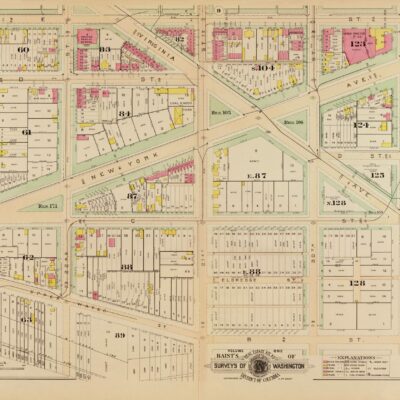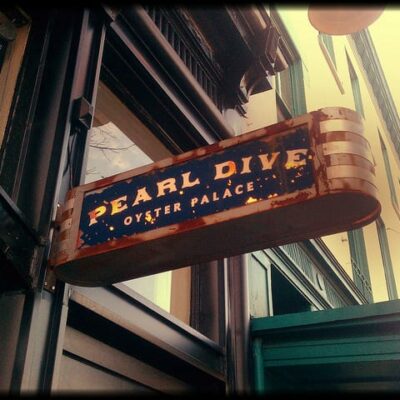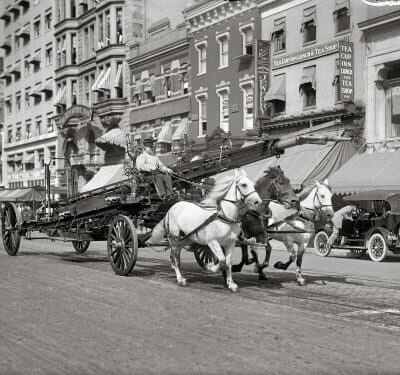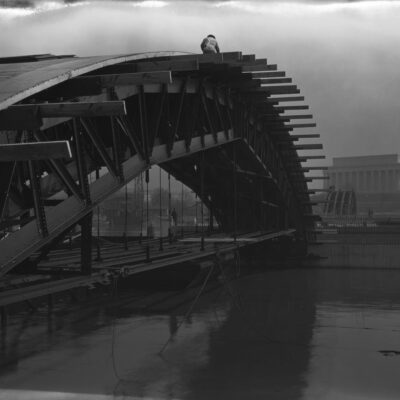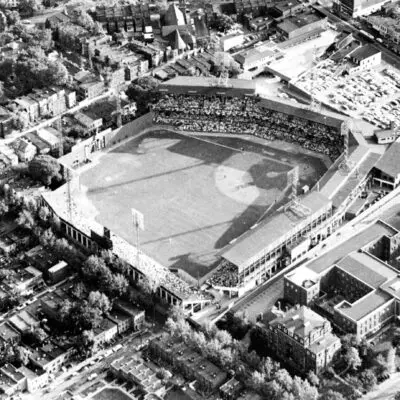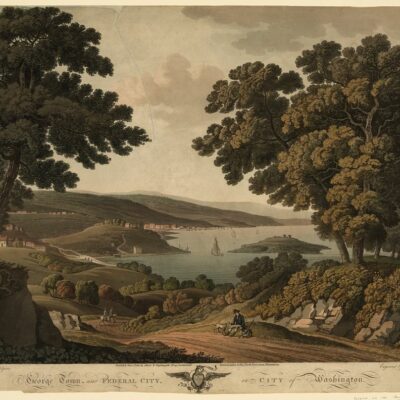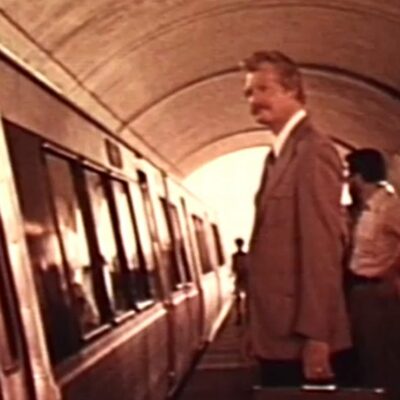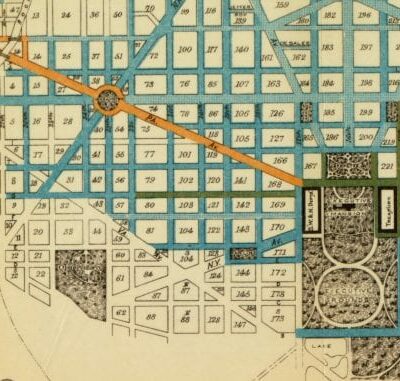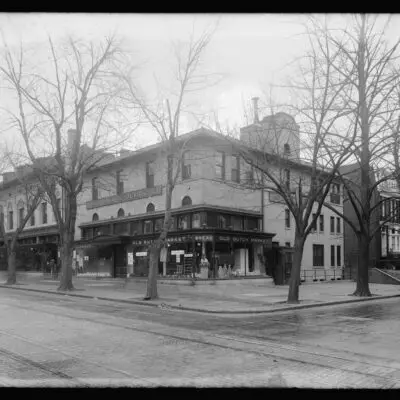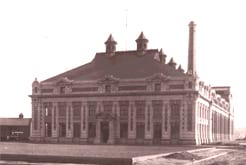
You may or may not be aware of this, but it you’re part of the latter group, listen up. WABA (aka, the Washington Area Bicycle Association) is having a family-friendly event, collaborating with DC water to highlight some lesser-known local sites with some great hidden history.
The ride begins at Fort Reno, heads over to the Bryant Street Pumping Station (near Howard University), down to the O Street Pumping Station and finally, across the South Capitol Street bridge to Anacostia and Poplar Point.
The ride is happening this weekend, so you should sign up to participate this Sunday, April 1st. And to prep for this ride, GoDC will highlight some of the sites you will pass along the route.
On the ride with WABA, you’re likely to learn quite a bit, including some obscure facts and trivia that you never would have known. I will attempt to augment the information you’ll obtain on this bicycle ride with the most random information I can dig up on some of the main sites you’ll be dropping by. Thus, I thought a giant “Three Things…” style post would be appropriate to infuse you with an abundance of local trivia.
Before you depart from Fort Reno, make sure to push for a route that takes you down North Capitol Street so you can pass by the old Irish block where Annie O’Connell lived … and read her story before you go (or print it and take it with you). I’ll have a couple more posts on this topic, so stay tuned.
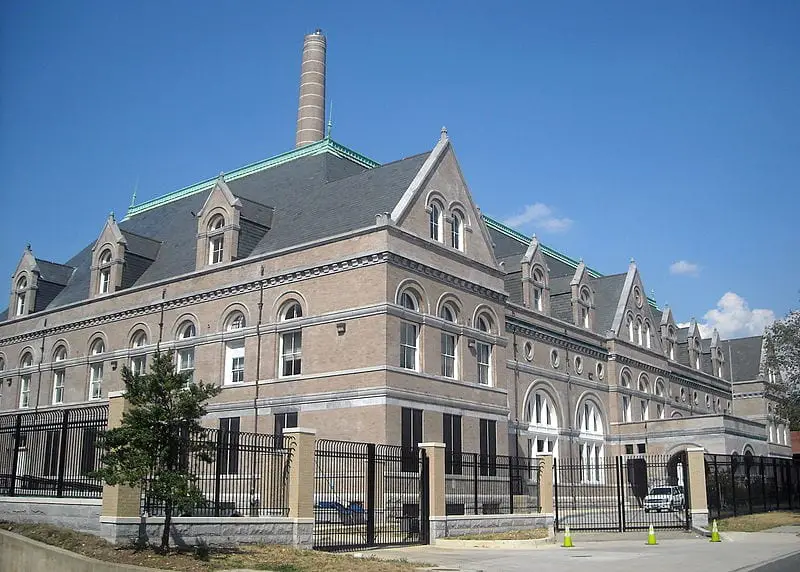
By 1905, Washington was outgrowing the aqueduct system that had been supplying water to the population since 1859. The demand for more water led to the development of the McMillan Reservoir and Bryant Street pumping station in 1905. The area surrounding the pumping station saw an increase in population in the early 20th century and a dramatic upswing in residents after World War I.
By the way, you should know that Bryant Street was originally called Trumbull Street (in case you
1. Surrounded by wretched buildings
Shortly after being built, an article in the Washington Post described the dramatic contrast between the pumping station and the surrounding buildings. Below is an interesting excerpt from the October 25th, 1908 newspaper.
Washington, more perhaps than other large cities in the United States, is a city of strong contrasts. While the city is becoming more an more as the years go by a city beautiful, many places can be pointed out where a wretched, tumbledown hovel adjoins a palatial building.
…
One of the most striking of these contrasts is to be seen at the magnificent new Bryant street pumping station, not only one of the largest and most efficient, but also one of the handsomest buildings for such a purpose to be found in the United States. Everything in and about the building is kept as clean as possible. A visitor going into the building any day will find the floors and walls spotlessly clean and the machinery polished until it shines and without a speck of dirt or grease where it can be kept away. The walks and lawns outside the structure are kept in an equally neat condition.
On the west side of the building, however, only a few feet from its rear end, there stand on a high bank several old weather-beaten frame structures, which mar the exterior surroundings of the pumping station to such an extent that an effort was made recently by the officials of the water department to secure a reasonable purchase price offer on the property, so that the old buildings might be torn down. Failing in this, the owner of the property, it is said ,asking about twice as much as the water department officials thought the land was worth, it has been decided to build a high board fence, over which during the summer vines will be trained, so as to shut off as much as possible of the objectionable view of the old buildings.
2. Fever epidemic forced work
I came across an article in the Washington Post on December 16th, 1905, talking about the rapid pace at which the underground piping system was constructed. It seems that the pressure to hastily construct the system was driven in part by a typhoid fever outbreak in the summer of 1905.
While it was well known by the officials of the water department that this 48-inch main would have to be laid as a necessary result of the completion of the filtration works by the authorities of the Washington Aqueduct, it was not anticipated at the District Building that this plant would be put in operation before the 1st of January, 1906. As a result of the typhoid fever agitation last summer, however, a change in the original scheme of the Aqueduct officials was decided upon, and the filter beds were put in operation as fast as they were finished without waiting until the entire project had been completed before beginning the distribution of filtered water to consumers.
For this reason, and also because of the fact that it was considered unwise to delay the work util cold weather, when water pressures would be materially reduced as the result of excessive waste, it was determined to begin the work of laying the 48-inch main in August, and orders were issued by Superintendent McFarland that it was to be a “hurry-up” job. It was fear that if the work of laying this main were delayed until the winter season, the probabilities were that the water pressures, especially in the western section of the town, would be barely sufficient to force water to the second stories of houses in that locality. As a result of turning the water into this large main, water pressures have been restored to the level pertaining when part of the gravity system was fed directly through the large mains in Georgetown belonging to the United States government.
The construction job progressed with extreme haste, laying about 8,000 feet of 48-inch cast-iron pipe in less than two months and at a cost of $120,000. The pipe was laid at a depth of nine feet in a trench that was about five feet wide and the most astounding fact was that each section of pipe weighed about 8,800 pounds.
Clearly, this was an easy job.
3. Pumping station machinist run down on Pennsylvania Avenue
This is a tragic story from December 6th, 1910 … and I’m sure this is not something you’ll learn when they talk to you about the history of the Bryant Street pumping station.
Milton Brown, 23 years old, a machinist employed in the Bryant street Pumping Station, who was run down in Pennsylvania avenue southeast early Sunray [sic] morning by a party of “joy riders,” died yesterday afternoon at 5:30 o’clock at Casualty Hospital.
Brown never regained consciousness. His death was due to fracture of the skull and internal injuries. The body was removed to the morgue. Coroner Nevitt will conduct an autopsy today.
Andrew B. Carlsen, chauffeur for George W. Stuart, a wholesale fish dealer, who, ten hours after Brown was run down, surrendered to the police of the Third precinct, is held at the Fifth precinct for investigation.
I uncovered Milton’s U.S. Census record from 1910. He was actually listed at 27 years old, married for three years to Irene Brown, 28, with a young son Gilbert. They lived at 127 W St. NW, a couple blocks away from the pumping station.

Also, you know who was at the Fifth precinct? That’s right … Officer Sprinkle, resident badass! I have an unhealthy obsession with this guy, but I think at least a quarter of the readers do as well, so I’m in good company.

